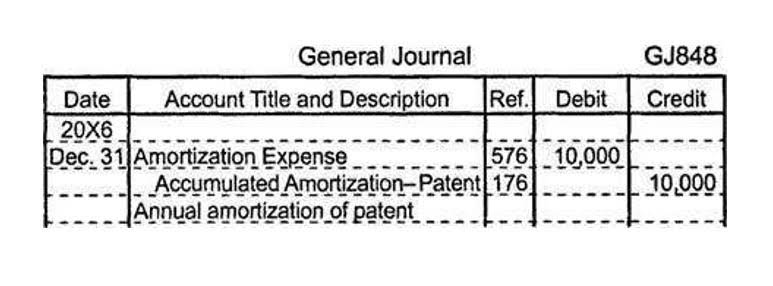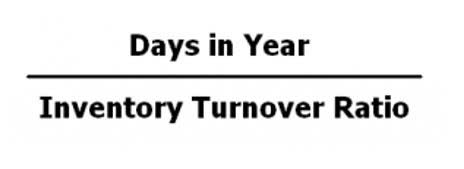What is the Difference Between Bank Balance and Book Balance?

The bank would deduct the monies from the company’s checking account Accounting for Marketing Agencies if a deposit check did not have sufficient funds. Also, communicate with your bank about any problems that occur during the reconciliation process. In QuickBooks Online, there are factors that affect the balance of your bank accounts.

AccountingTools
- Reconciling these two balances is an important process, usually referred to as “bank reconciliation,” to ensure the accuracy of the company’s financial records.
- These entries are a critical component of the accounting cycle, as they help align the financial records with the economic reality of a business.
- The reconciliation process enables the comparison of internal records with external statements, thus ensuring the financial integrity and compliance with accounting policies.
- Additionally, if you begin routinely balancing your books, you’ll be able to spot trends.
- It covers key concepts such as negotiation, transfer, and the implications of different types of instruments in financial dealings.
Bank reconciliations are completed at regular intervals to ensure that the company’s cash records are correct. Bank reconciliation also aids in identifying any errors in recording, banking fees, or outstanding checks that could impact the financial controls of the business. Book balance and bank balance are two distinct figures that often require careful examination to ensure financial accuracy. The book balance refers to the amount of money recorded in a company’s accounting records.

Bank Statement Balance
At the end of an accounting period, the book balance is reconciled book balance vs bank balance with the bank statement to determine if the cash in the bank account matches the book balance. To reconcile a company’s financial records and book balance with the banking activity for an accounting period, a bank reconciliation statement can be created. Reconciling bank balance and book balance is also key for financial planning and budgeting.

Why Is Book Balance Important in Accounting?
This can create significant implications for financial compliance and accounting standards, potentially undermining the organization’s overall financial responsibility. Errors in book balancing can result in inaccurate financial statements, which can have far-reaching consequences in decision-making and even lead to regulatory non-compliance. It serves as a critical tool for financial compliance, ensuring that organizations adhere to relevant regulations and standards. By maintaining an accurate and up-to-date book balance, companies can effectively monitor their financial transactions, identify irregularities, and mitigate risks of fraud or errors.

By ensuring that financial records are accurate and up-to-date, businesses can make informed decisions about their cash flow needs. This accuracy helps in forecasting future cash requirements, allowing companies to plan for expenses, investments, and potential financial challenges. The book balance is derived from a company’s ledger and reflects all financial transactions, including sales, expenses, and any other monetary movements, as recorded by the organization. In contrast, the bank balance is the real-time amount of money held in the company’s bank account. The company may sometimes record a deposit incorrectly, or it may deposit a check for which there are not sufficient funds (NSF).
- Additionally, if you are just starting out with bookkeeping, you need to understand key fundamentals related to balancing the books.
- The term book balance, which is also used in the bank reconciliation is the amount shown in the company’s general ledger for the bank account.
- One of the key attributes of the cash book balance is that it includes all cash transactions, regardless of whether they have been processed by the bank or not.
- It reflects the total funds that the account holder can access, including deposits, interest earned, and any other credits, minus withdrawals, fees, or other deductions.
- Equity reflects the company’s ownership interests, indicating the residual value after deducting liabilities from assets.
- Deposits in transit are funds that have been received and recorded by the company but have not yet appeared on the bank statement.
For instance, if a business purchases inventory on credit, it will not be recorded in the cash book as no cash is involved in the transaction. Instead, it will be recorded in the relevant accounts payable or purchase ledger. This highlights the fact Online Accounting that the cash book balance focuses solely on cash transactions and may not provide a comprehensive view of the entity’s overall financial position. The balance on June 30 in the company’s general ledger account entitled Checking Account is the book balance that pertains to the bank account being reconciled.

A few weeks later, Mr. Smith receives his bank statement informing him that he has over-drafted his checking account. It’s the balance seen on paper or accounting systems, without pending transactions or discrepancies. This balance includes all deposits and withdrawals, regardless of if they’re cleared or not. A bank reconciliation statement is a document that compares the cash balance on a company’s balance sheet to the corresponding amount on its bank statement. Reconciling the two accounts helps identify whether accounting changes are needed.
